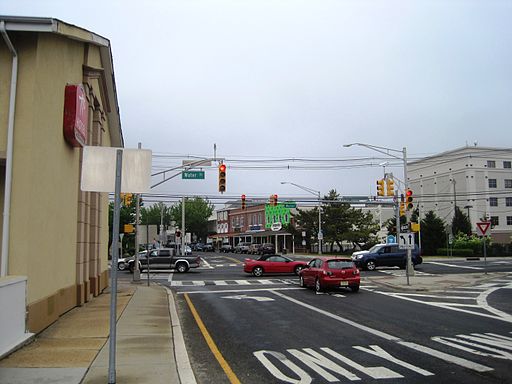By Brianna Kurzynowski | gargoyle@flagler.edu
The Toms River Chemical Plant was a source of pride in one New Jersey town until investigators discovered that toxic chemicals from the plant had likely caused a spike in childhood cancers.
The plant had remained in operation for more than 40 years, despite concerns about chemicals that leaked or were dumped into the Toms River.
The notorious case is a cautionary tale for cities around the world even today, according to Dan Fagin, author of a Pulitzer Prize-winning book called “Toms River: A Story of Science and Salvation,” published in 2013.
“Toms River is a warning for the rest of the world,” said Fagin, who spoke to an audience at Flagler College on Feb. 11.
While at Flagler, Fagin showed photos of more than 15,000 barrels of hazardous waste that was being dumped in the Toms River. City leaders had ignored the issue for years. They prided themselves on their “all-American city and the problems were overlooked because of political power,” Fagin said.
Similar cases are occurring elsewhere in the world today, he said.
“China is where the new Toms River is,” he said.

Dan Fagin
Other environmental trouble spots include Flint, Michigan, where dangerous levels of lead and iron have been found in the drinking water, and the Acreage, an unincorporated community in Palm Beach County, Florida, where scientists have found a higher number of brain cancer cases than expected.
In situations like these, Fagin said, “It is possible for environmental intervention.”
Matthew Brown, a natural sciences professor at Flagler, agrees.
“Knowledge and education are important for understanding what is happening,” Brown said. “I would hope people would know better than to dump toxins into any body of water.”
Fagin said the U.S. government does not dedicate enough resources toward environmental problems.
“The Environmental Protection Agency is not very effective because they are overworked, young and inexperienced,” Fagin said.
Brown said he agrees with Fagin’s assessment.
“With our Congress funding less and less, this means there are less employees,” Brown said. “This makes it impossible to monitor everything effectively.”
The EPA’s proposed budget for 2017 is $8.267 billion, a $127 million increase over 2016.
Photo: Downtown Toms River. Credit: Wikipedia.




Be the first to comment on "Author warns of dangers of toxic chemicals"